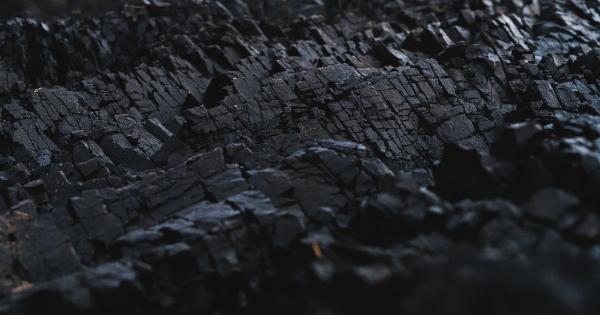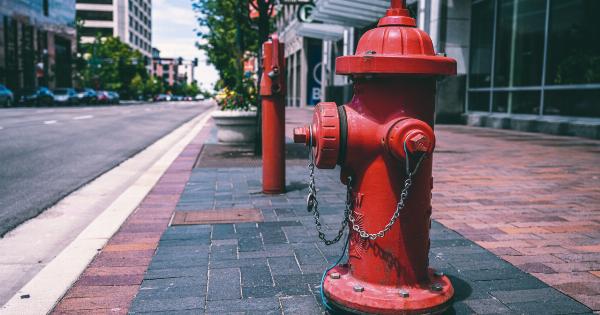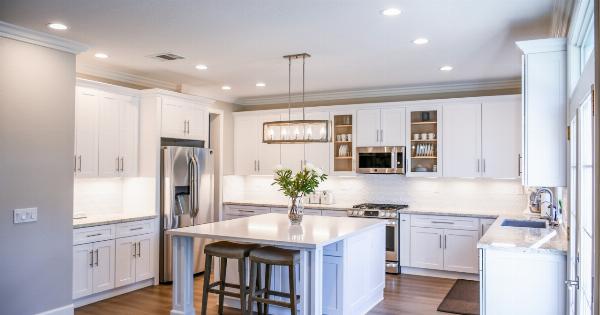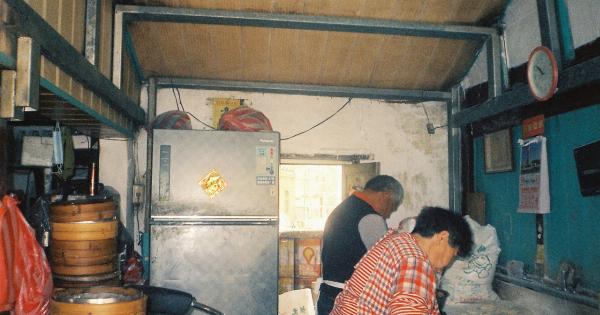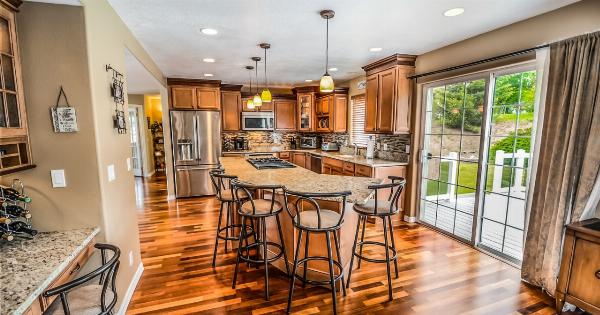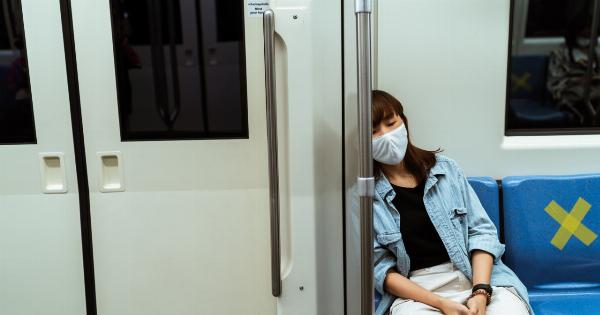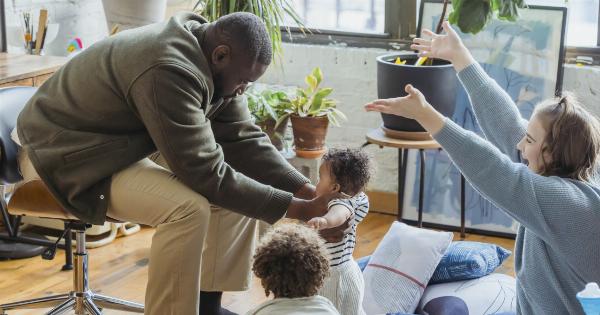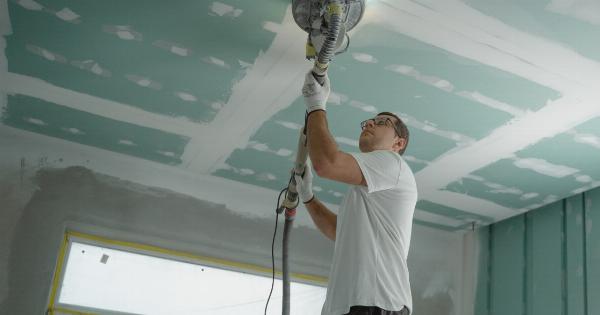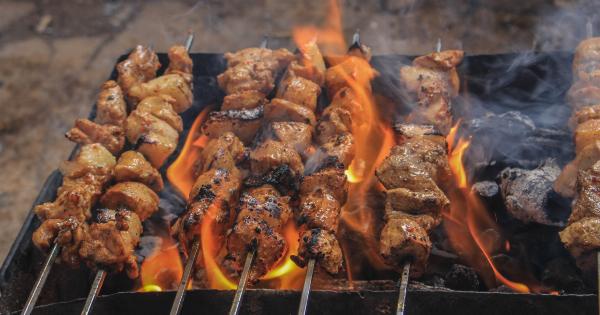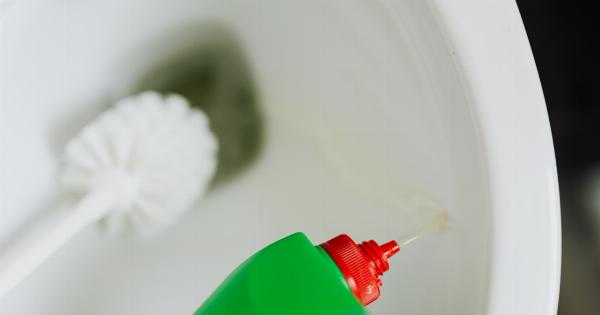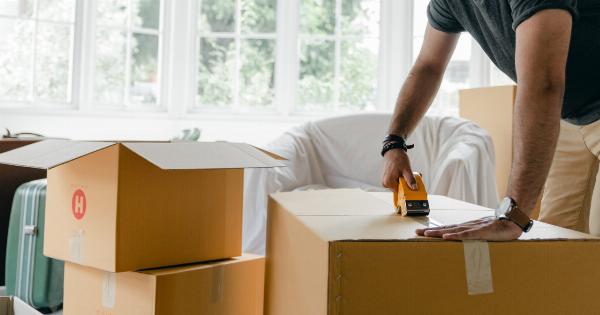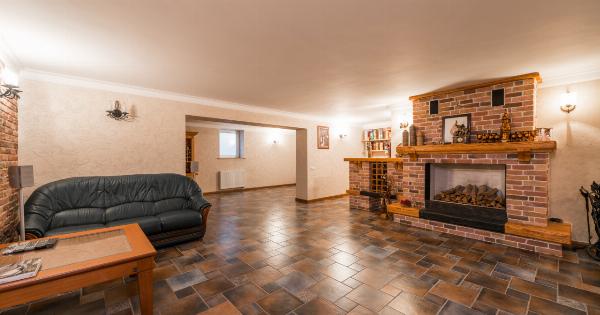Carbon monoxide (CO) is an odorless and colorless gas that can be extremely harmful to humans. It is produced by burning fuel in various household appliances, such as gas stoves, furnaces, and water heaters.
When inhaled, carbon monoxide can replace the oxygen in the bloodstream, leading to carbon monoxide poisoning, which can be fatal. It is important to take preventive measures to stay safe from carbon monoxide poisoning in your home. In this article, we will discuss the causes, symptoms, and ways to prevent carbon monoxide poisoning.
What Causes Carbon Monoxide Poisoning?
Carbon monoxide poisoning occurs when there is an excessive buildup of carbon monoxide in an enclosed space. While carbon monoxide can be produced by various sources, it mostly stems from malfunctioning or improperly installed fuel-burning appliances.
Some common causes of carbon monoxide poisoning include:.
- Faulty gas stoves or ovens
- Malfunctioning or poorly maintained furnaces
- Cracked or blocked chimneys
- Running vehicles in enclosed spaces like garages
- Generators, grills, or other gasoline-powered equipment used indoors
- Blocked flues or exhaust vents
Recognizing the Symptoms
Carbon monoxide poisoning symptoms may vary depending on the concentration and duration of exposure. It is often called the silent killer because it is difficult to detect without proper alarms or detectors. Common symptoms include:.
- Headaches and dizziness
- Nausea and vomiting
- Shortness of breath
- Confusion and drowsiness
- Chest pain
- Blurred vision
- Loss of consciousness
Preventing Carbon Monoxide Poisoning
Fortunately, there are several precautions you can take to minimize the risk of carbon monoxide poisoning in your home. Follow these safety measures:.
1. Install Carbon Monoxide Detectors
To be alerted of any potential danger, install carbon monoxide detectors in your home. Place them near sleeping areas and on every level of your house. Additionally, make sure to regularly test the detectors and replace the batteries as needed.
2. Proper Ventilation
Ensure that all fuel-burning appliances are properly vented to the outside. Regularly inspect chimneys, flues, and exhaust vents to prevent blockages and make necessary repairs. Proper ventilation allows carbon monoxide to exit your home.
3. Regular Appliance Maintenance
It is crucial to get your fuel-burning appliances inspected and serviced annually by a qualified technician. Schedule regular maintenance to ensure appliances are functioning correctly and not emitting dangerous levels of carbon monoxide.
4. Do Not Use Outdoor Equipment Indoors
Avoid operating generators, grills, or other gasoline-powered equipment indoors or in enclosed spaces. These appliances produce carbon monoxide and should only be used in well-ventilated outdoor areas.
5. Never Run Vehicles in Garages
Never start or run your vehicle inside a closed garage, even if the garage door is open. Carbon monoxide from the exhaust can seep into the living spaces and cause poisoning. Always move your car outdoors to prevent any buildup of carbon monoxide.
6. Be Cautious During Home Renovations
If you are renovating your home, be cautious about blocking or sealing off areas that contain fuel-burning appliances or vents. Improper alterations can lead to an accumulation of carbon monoxide. Consult professionals and follow safety guidelines.
7. Educate Yourself and Others
It is essential to educate yourself, your family, and others living in your home about the dangers of carbon monoxide poisoning. Teach them about the symptoms, preventive measures, and the importance of regular appliance maintenance.
8. Be Alert for Symptoms
Pay attention to any symptoms that may indicate carbon monoxide poisoning in yourself or others. If you suspect carbon monoxide exposure, immediately evacuate the area and seek fresh air. Call emergency services and inform them of your situation.
9. Stay Updated on Safety Standards
Stay informed about safety standards and guidelines related to carbon monoxide prevention. Follow any recommendations provided by relevant authorities, such as installing carbon monoxide alarms or seeking professional inspections.
10. Take Precautions while Traveling
When staying in hotels, holiday rentals, or other accommodations, be cautious about potential sources of carbon monoxide.
If you notice fuel-burning appliances or suspect inadequate ventilation, notify the management and either get the problem resolved or find alternate accommodations.
Conclusion
Carbon monoxide poisoning is a serious threat that can lead to severe health problems and even death.
By taking preventive measures, such as installing carbon monoxide detectors, ensuring proper ventilation, and regular appliance maintenance, you can greatly reduce the risk of carbon monoxide poisoning in your home. Remember, awareness and education are key to staying safe and protecting your loved ones from this silent killer.

